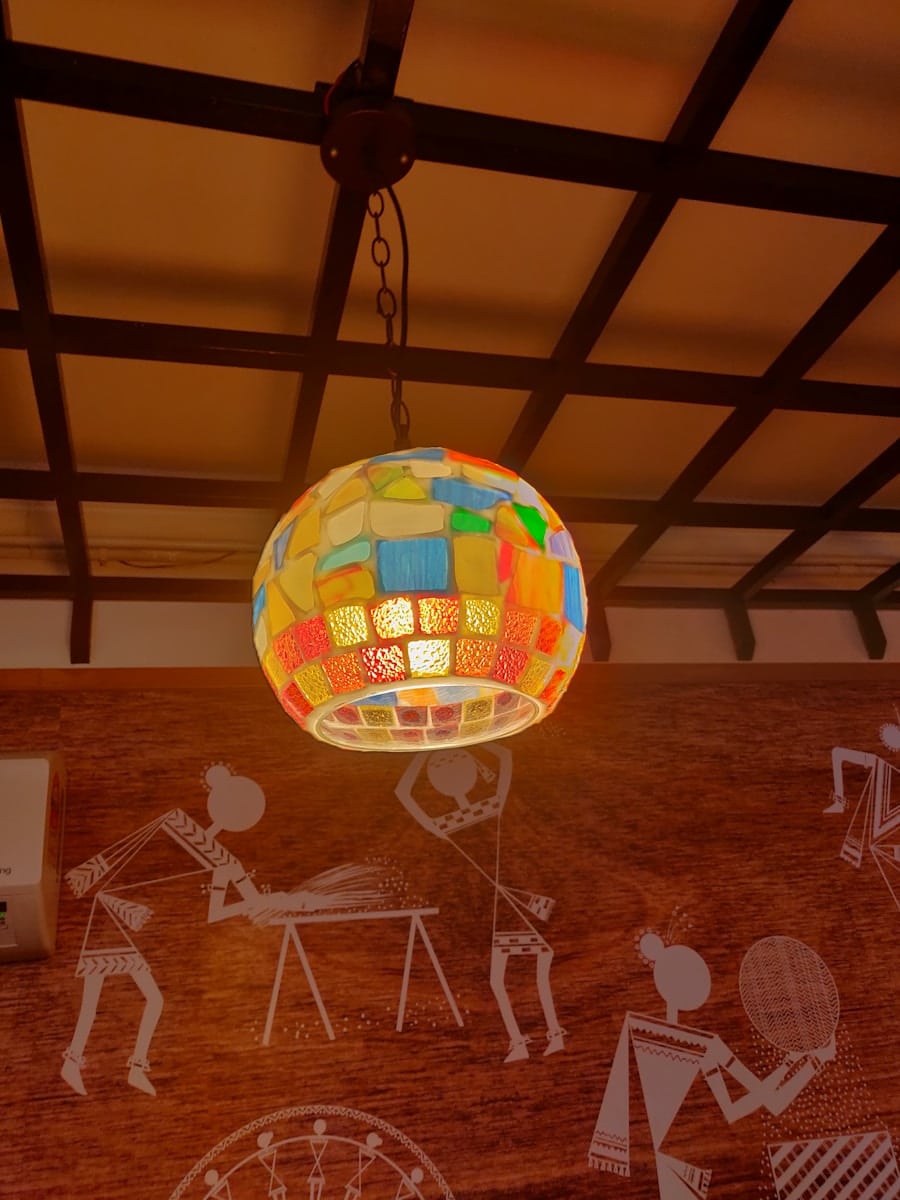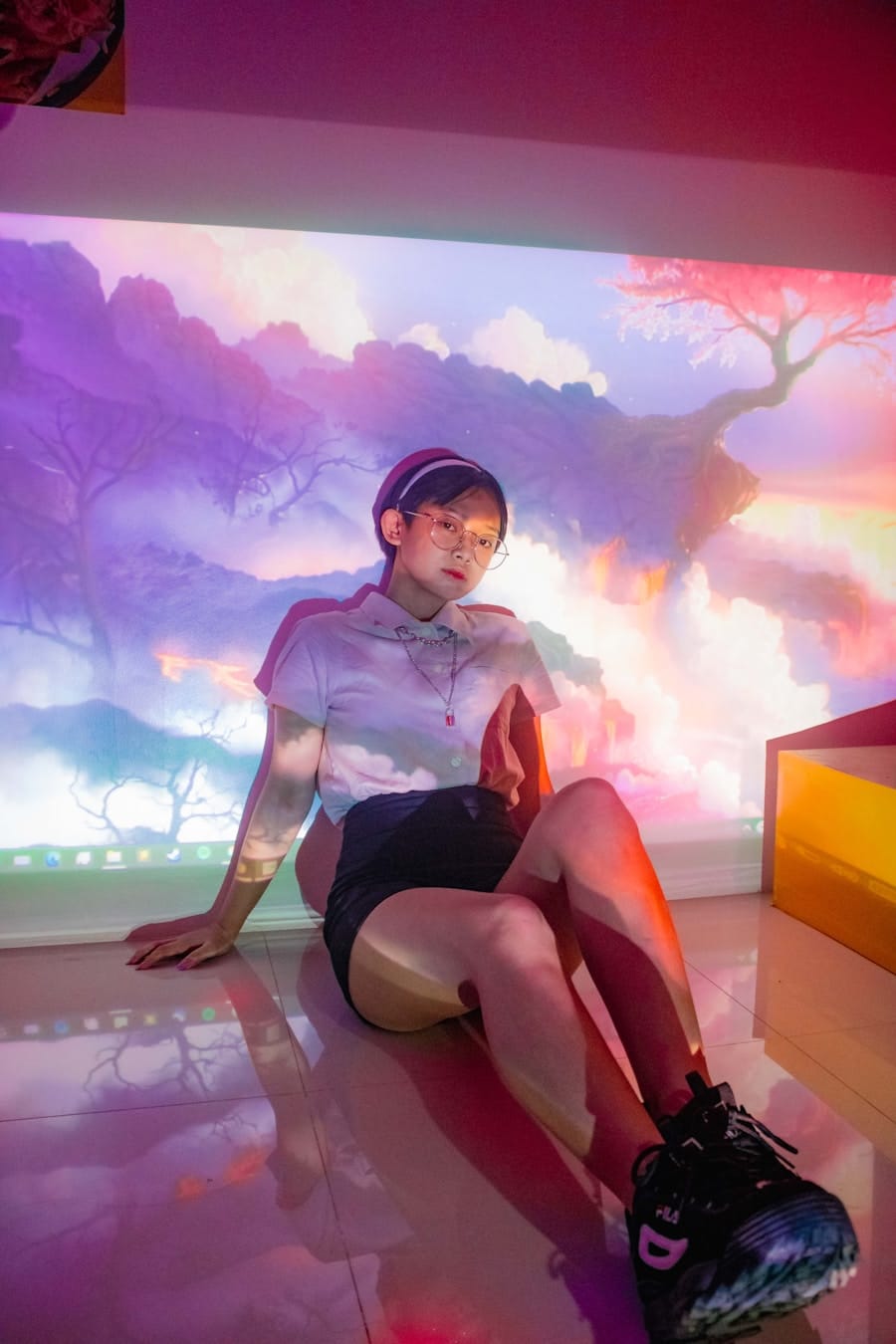Virtual Reality (VR) has emerged as a transformative technology, reshaping various fields, including entertainment, education, and healthcare. One of the most intriguing applications of VR is in the realm of dream therapy, a therapeutic approach that seeks to explore and manipulate the subconscious mind through dream-like experiences. Dream therapy traditionally involves techniques such as guided imagery and lucid dreaming, where individuals are encouraged to engage with their dreams to uncover hidden emotions, resolve conflicts, or confront fears.
The integration of VR into this therapeutic landscape offers a novel way to enhance these experiences, providing users with immersive environments that can be tailored to their specific needs. The concept of dream therapy is rooted in the understanding that dreams can serve as a window into our subconscious. They often reflect our innermost thoughts, fears, and desires, making them a valuable tool for psychological exploration.
By utilizing VR technology, therapists can create controlled environments that simulate dream states, allowing patients to navigate their inner worlds in a safe and guided manner. This innovative approach not only enhances the therapeutic process but also opens up new avenues for research into the nature of dreams and their impact on mental health.
Key Takeaways
- VR and dream therapy offer a new approach to mental health treatment by combining virtual reality technology with traditional dream therapy techniques.
- Customizable dream therapy environments in VR provide a personalized and immersive experience for individuals seeking mental health support.
- VR technology enhances dream therapy by allowing individuals to explore and interact with their dreams in a controlled and safe environment.
- Creating personalized dreamscapes in VR enables therapists to tailor the therapy experience to each individual’s unique needs and preferences.
- Immersion and presence in VR play a crucial role in dream therapy, as they help individuals feel fully engaged and connected to their dream experiences, enhancing the therapeutic benefits.
The Benefits of Customizable Dream Therapy Environments
Personalized Dreamscapes for Unique Experiences
Each person has unique experiences, fears, and aspirations that shape their dreams. By allowing therapists to design specific dreamscapes, they can address the particular issues that a patient is facing. For instance, someone dealing with anxiety might benefit from a serene beach setting where they can practice relaxation techniques, while another individual grappling with trauma could explore a safe space that gradually introduces elements related to their experiences.
Enhancing the Therapeutic Process with Immersive Environments
Customizable environments also facilitate a more engaging therapeutic process. Traditional methods of dream therapy may rely on verbal descriptions or guided imagery, which can sometimes fall short in capturing the complexity of a person’s inner world. In contrast, VR allows for a multi-sensory experience that can evoke emotions and memories more vividly.
Deeper Emotional Responses and Insights through VR
The ability to manipulate elements such as sound, color, and movement within these environments can lead to deeper emotional responses and insights, ultimately enhancing the therapeutic outcomes.
How VR Technology Enhances Dream Therapy

The integration of VR technology into dream therapy not only enriches the experience but also provides therapists with valuable tools for assessment and intervention. VR systems can track user interactions and physiological responses, offering insights into how patients engage with their dreamscapes. For example, biometric feedback such as heart rate variability or galvanic skin response can indicate levels of stress or relaxation during sessions.
This data can help therapists tailor their approaches in real-time, adjusting the environment or techniques based on the patient’s immediate emotional state. Moreover, VR technology allows for the simulation of scenarios that may be difficult or impossible to recreate in real life. For individuals with phobias or traumatic memories, facing these fears in a controlled virtual environment can be a powerful therapeutic tool.
For instance, someone with a fear of heights could gradually be exposed to increasingly challenging heights within a VR setting, allowing them to confront their fears at their own pace. This graduated exposure can lead to desensitization and ultimately help patients develop coping strategies that they can apply in real-world situations.
Creating Personalized Dreamscapes in VR
Creating personalized dreamscapes in VR involves a collaborative process between therapists and patients. Initially, therapists may conduct assessments to understand the patient’s psychological landscape, including their fears, desires, and past experiences. This information serves as the foundation for designing dream environments that resonate with the individual’s psyche.
For example, if a patient expresses a longing for adventure but also harbors fears related to failure, a therapist might create a dreamscape that incorporates elements of exploration while providing supportive structures that mitigate feelings of inadequacy. The design process can also involve patient input, allowing individuals to express their preferences regarding colors, sounds, and themes within their dreamscapes. This participatory approach not only fosters a sense of ownership over the therapeutic experience but also enhances engagement.
When patients feel that their unique perspectives are valued in the creation of their dream environments, they are more likely to immerse themselves fully in the experience. This level of personalization can lead to more profound insights and breakthroughs during therapy sessions.
The Role of Immersion and Presence in VR Dream Therapy
Immersion and presence are critical components of effective VR experiences, particularly in the context of dream therapy. Immersion refers to the degree to which an individual feels enveloped by the virtual environment, while presence is the sensation of being physically located within that environment. High levels of immersion and presence can significantly enhance the therapeutic experience by allowing patients to engage more deeply with their emotions and thoughts.
Research has shown that immersive experiences can lead to heightened emotional responses, making it easier for individuals to confront difficult feelings or memories. In dream therapy, this means that patients may find it easier to explore traumatic events or unresolved issues when they feel truly present within the virtual landscape.
The ability to manipulate these elements further empowers therapists to guide patients through challenging emotional terrain effectively.
Overcoming Challenges and Limitations in VR Dream Therapy

Accessibility and Inequality
One significant concern is that not all patients have access to advanced VR technology or may feel uneasy using it, creating disparities in treatment options for mental health issues.
Technical and Therapeutic Challenges
Patients may experience discomfort or motion sickness when using VR systems, hindering their ability to fully engage in therapy. Moreover, trained professionals need to understand both the technical aspects of VR technology and the nuances of psychological therapy to ensure safe and effective treatment.
Research and Ethical Considerations
Research is necessary to establish best practices for VR in therapeutic settings, addressing ethical concerns related to patient privacy and data security.
The Future of VR in Dream Therapy
The future of VR in dream therapy holds immense promise as technology continues to evolve and improve. As VR systems become more sophisticated and accessible, we can expect an increase in their adoption within therapeutic contexts. Innovations such as haptic feedback devices could further enhance immersion by allowing patients to feel physical sensations within their virtual environments, deepening their emotional engagement during sessions.
Moreover, advancements in artificial intelligence (AI) could enable even more personalized experiences by analyzing patient data and adapting dreamscapes in real-time based on emotional responses. This dynamic approach could lead to more effective interventions tailored specifically to each individual’s journey through therapy. As research continues to explore the efficacy of VR dream therapy, we may see an expansion of its applications beyond traditional mental health issues into areas such as stress management, personal development, and even creativity enhancement.
Ethical Considerations in Using VR for Dream Therapy
As with any emerging technology in healthcare, ethical considerations must be at the forefront of discussions surrounding VR dream therapy. One primary concern is informed consent; patients must fully understand how VR will be used in their treatment and what potential risks may arise from its use. Transparency about data collection practices is also crucial; therapists should ensure that patients are aware of how their biometric data will be used and stored.
Additionally, there is a need for guidelines surrounding the use of immersive technologies in vulnerable populations. Special care must be taken when working with individuals who have experienced trauma or have severe mental health conditions; therapists must be trained to recognize when VR may not be appropriate or could exacerbate symptoms.
In a recent article discussing the future of marketing technologies for 2023, it is clear that virtual reality (VR) is becoming an increasingly important tool for businesses. This ties in perfectly with the concept of customizable dream therapy environments, as explored in the article on the role of VR in creating such spaces. By utilizing the best software for 2D animation and the best headphones of 2023, therapists can create immersive and personalized experiences for their clients, enhancing the effectiveness of dream therapy sessions. To learn more about the latest marketing technologies for 2023, check out

